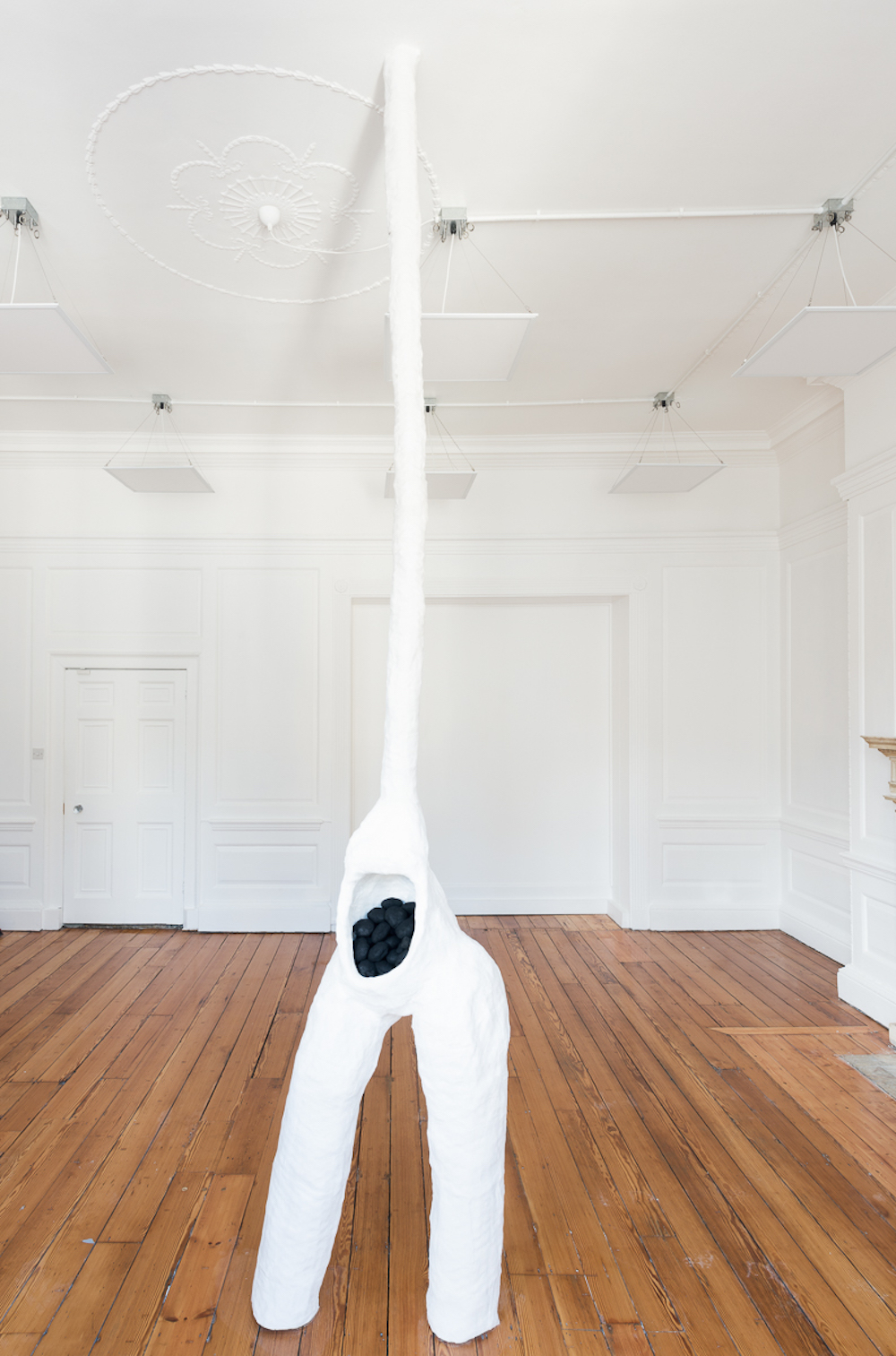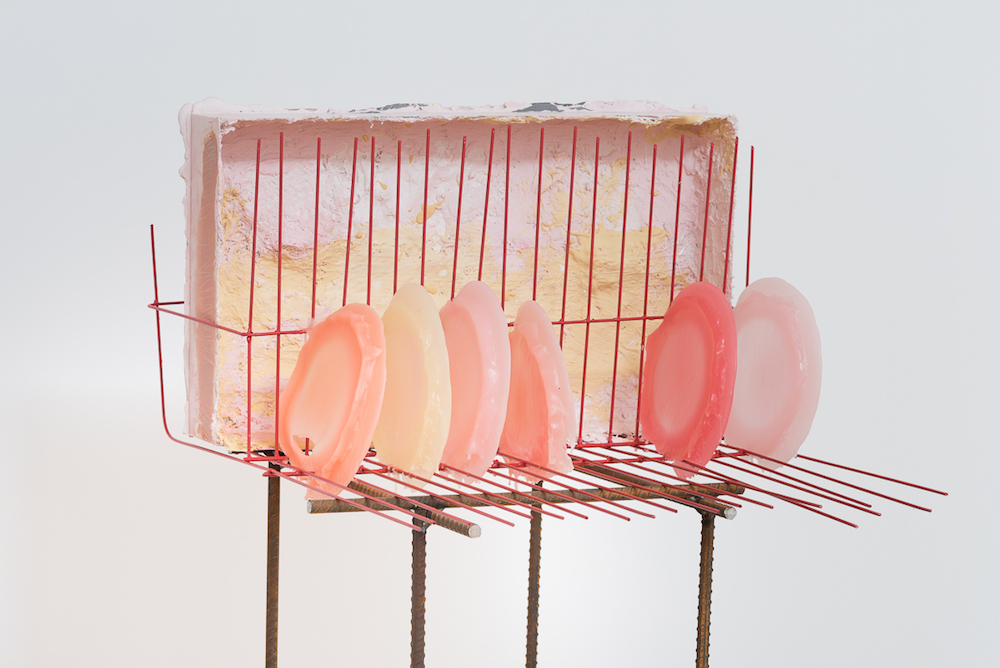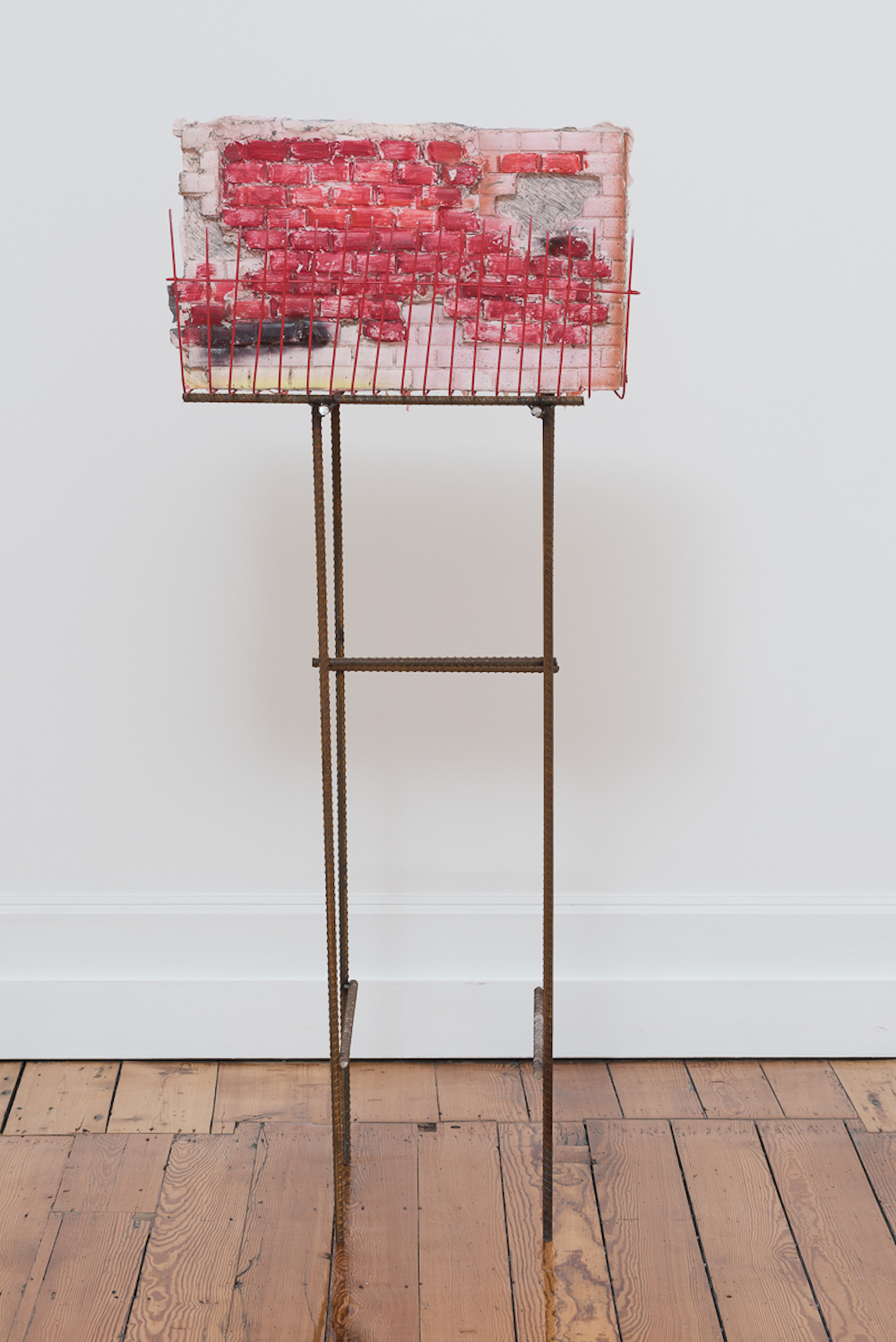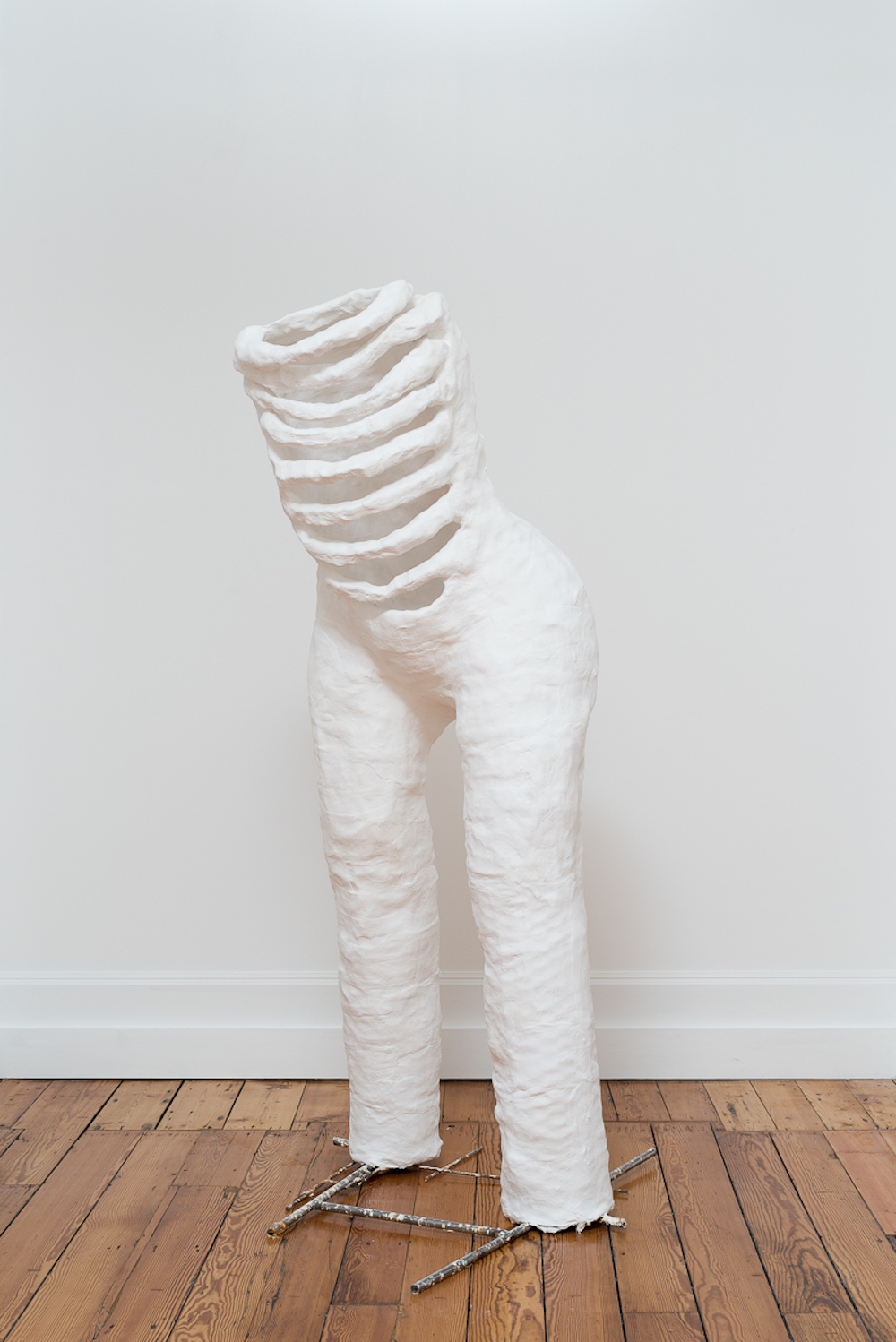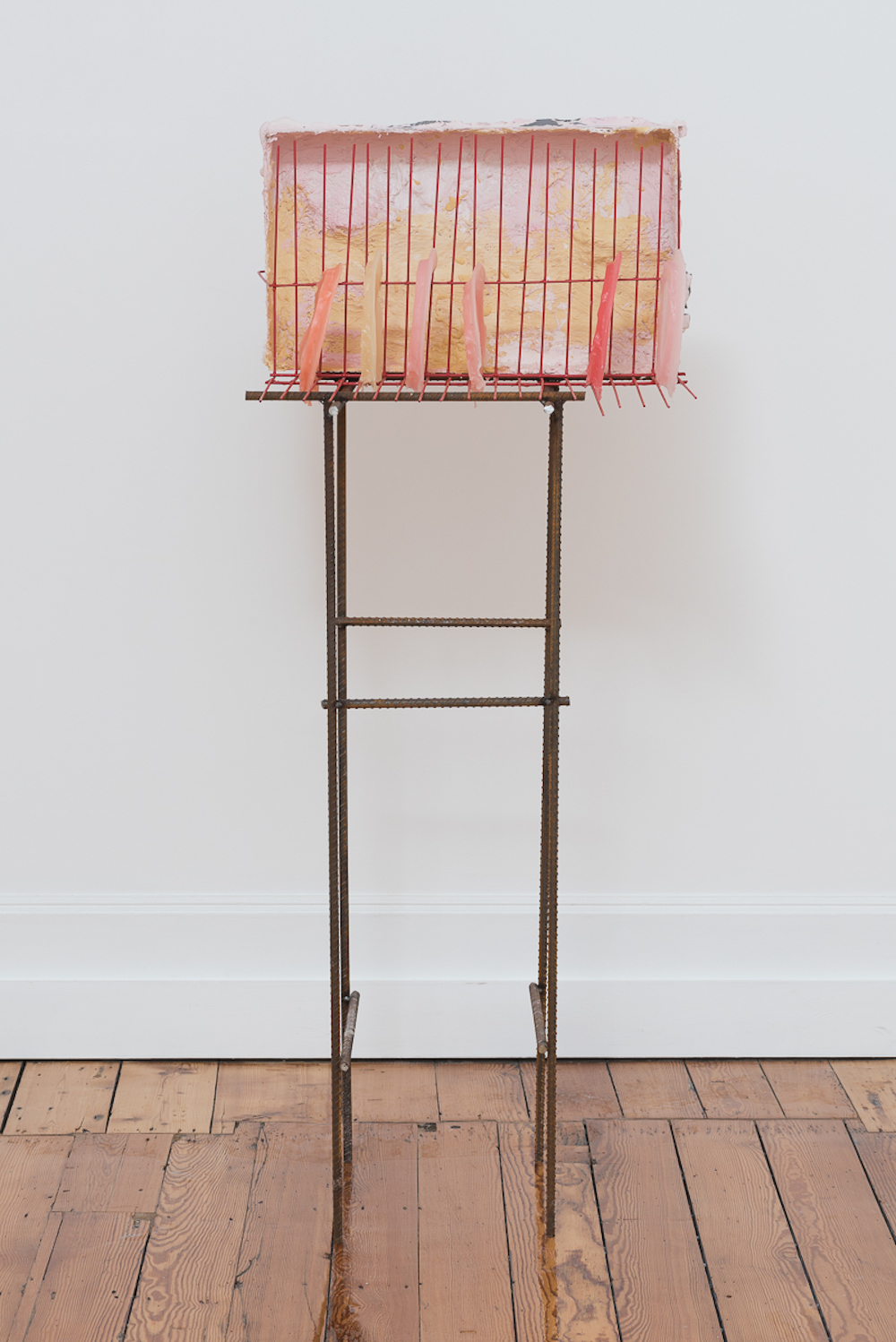British artist, Rebecca Ackroyd graduated from the Royal Academy this year. Her works focus on the human body, via a hands on sense of craftsmanship and a raw materiality. Her most recent solo exhibition Taken Care is showing at London’s Hunter / Whitfield until Saturday.
Can you tell us as a little about the work that is currently showing in Taken Care?
The show represents a continuation of some of the ideas I was exploring in my degree show at the RA Schools, where I focused on creating a body of work that pushed together directly figurative sculpture with a more abstract language, encouraging narratives to intertwine and contradict one another in an overtly feminine yet confrontational way. The works in Taken Care were born from these ideas, although I wanted them to be more autonomous as individual works, and become more directly architectural as well as domestic.
There seems to be a real tussle between nurture and potential violence in your work — the coal bellies offering a space for warmth but also the possible destruction of the flammable figures that hold them. Do you see the body as a site for both calm and chaos?
I suppose I do to an extent, as it’s such a temporal and fluctuating existence. I think specifically with the works in the show I wanted to push them into a more violent territory, thinking about claustrophobic barracks and cold wet bunkers alongside the warmth of a hearth and the familiar, reassurance of domestic activity. Some of the works have a much more fragile quality that I wanted to suggest at a transience or a sense of a life span.
The body has previously been quite an invisible element in your work, suggested but not depicted. When did you begin to explore the physical body in such depth?
It was in my final year at the RA, I was a bit frustrated by the ambiguity in some of the previous pieces I‘d made and wanted to make a series of works that were more direct in their attitude and confrontational in their scale and stance. I wanted to evoke the poised performance of a fashion shoot, a kind of laboured casualness. The provisional materials allowed me to make them quite quickly and retain a rawness that felt quite crucial at the time.
Do you view all of these figures (and body parts) as being specifically female, and what impact has gender had upon your practice?
It depends really, some of them I definitely see as female but others are left more open. Gender isn’t something that I try to ‘include’ but at the same time I’m open to my experience of the world as a woman and would hope that’s reflected in the work I make.
You have recently graduated from the Royal Academy Schools; how did this shape your practice, and how can you feel your work progressing since leaving?
The RA allowed me the time, space and support to take risks in my work and really think about how to evolve my practice both critically and in the process of making. Since leaving I feel more open in my approach to making and to the influences that flow through the work, it’s definitely given me the confidence to try things that make me uncomfortable and to be more accepting of failure in the studio.
Taken Care is showing at Hunter / Whitfield, London until 20 November
